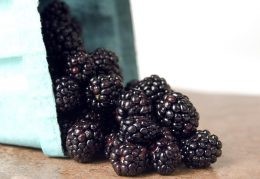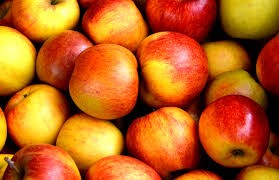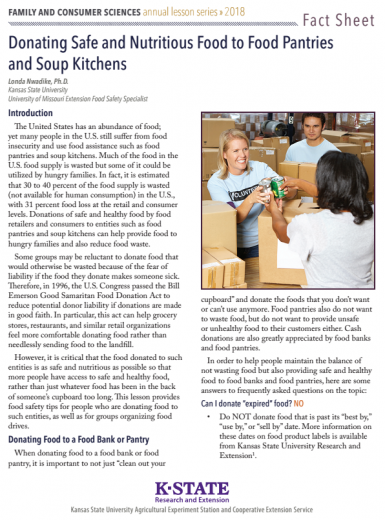
Studies show that Mediterranean-style diets are remarkably connected with good health, which is the basis for including this eating pattern in the recently revised Dietary Guidelines for Americans. Mediterranean eating patterns are associated with longevity and may decrease your risk for heart disease, stroke, type 2 diabetes, high blood pressure, obesity, and even Alzheimer’s disease.
The Mediterranean-style diet is reflective of a way of eating that is traditional in countries that surround the Mediterranean Sea. The diet is rich in vegetables, fruits, nuts, beans and peas, whole grains, olive oil and fish. Instead of excess salt, Mediterranean-style foods are flavored with herbs. Sweets are enjoyed in small amounts.
Here are simple ideas for eating the Mediterranean way.
- Eat seafood twice a week. Tuna, herring, salmon, and sardines are rich in omega-3 fatty acids. Shellfish have similar benefits for brain and heart health. When you eat meat, choose smaller amounts.
- Enjoy a vegetarian meal one night a week or more. Include beans and legumes, whole grains, and vegetables flavored with herbs and spices.
- Choose healthy fats, such as extra-virgin olive oil, avocados, nuts, sunflower seeds, olives, and peanuts.
- Pile on vegetables. These are vitally important to Mediterranean-style eating. Start with a simple plate of sliced fresh tomatoes drizzled with olive oil and feta cheese. Enjoy salads, greens, soups and stews, healthful pizzas, and oven roasted veggies.
- Switch to whole grains. They taste nuttier and have more fiber. Traditional Mediterranean grains include bulgur, barley, farro, brown rice, and products made with whole-grain flour.
- Make fruit your dessert. Enjoy a wide range of delicious fresh fruits and pair with cheese or yogurt.
Photo Credit: www.oldwayspt.org
By: Ashley Svaty
 In the latest issue of You Asked It! you will find articles on the following topics:
In the latest issue of You Asked It! you will find articles on the following topics: For years, nutrition experts have touted the benefits of eating plant foods to combat inflammation and chronic diseases.
For years, nutrition experts have touted the benefits of eating plant foods to combat inflammation and chronic diseases.
 Makes 9 servings
Makes 9 servings
 Pumpkin spice. Two words that start to take over this time of year. Everywhere you look there is pumpkin spice flavored everything, but make sure you check out the nutrition facts label before you indulge in your favorite pumpkin flavored treats!
Pumpkin spice. Two words that start to take over this time of year. Everywhere you look there is pumpkin spice flavored everything, but make sure you check out the nutrition facts label before you indulge in your favorite pumpkin flavored treats!